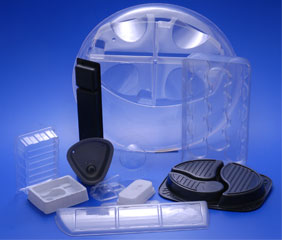Vacuum forming, first developed in the 1930s, remains highly relevant today. With advancements in technology, combining vacuum forming with innovations such as 3D printing for tool design, thermo-formable ink technology, and In-Mold Decoration creates exciting possibilities. These methods are now widely adopted by the world’s largest brands and institutions.
Leading organizations, including Dupont, BASF, and Cambridge University, collaborate with international technology centers to research advanced composite materials. This research continuously expands the potential applications of vacuum forming in high-tech industries. Additionally, the world’s top material science companies are investing in the development of thermo-formable plastics. These materials are not only more efficient to process but also environmentally friendly.
However, forming engineering-grade and composite plastics is often more challenging. These materials require industrial-grade machinery to achieve successful results. To address this, a range of high-performance, compact machines has been developed. These machines bring industrial processing capabilities to lab environments, enabling efficient testing and research with new materials.
Forming Applications
In vacuum forming process not every design and shape is suitable but it remains the most cost effective and efficient method for processing the most diverse range of plastic processing applications. Vacuum forming machines are used by high profile customers such as Apple, Google, Disney, Bolshoi Ballet, Ford, Tesla, Ferrero Rocher, Nestle, Makita, Royal Air Force, Philips, Yale University, Dupont and many more across electronics, film & theatre, automotive, aerospace, confectionary, packaging, education and many more applications. The continually growing popularity of vacuum forming amongst these leading companies and institutions demonstrates the process remains the number one choice for a hugely diverse range of applications.

